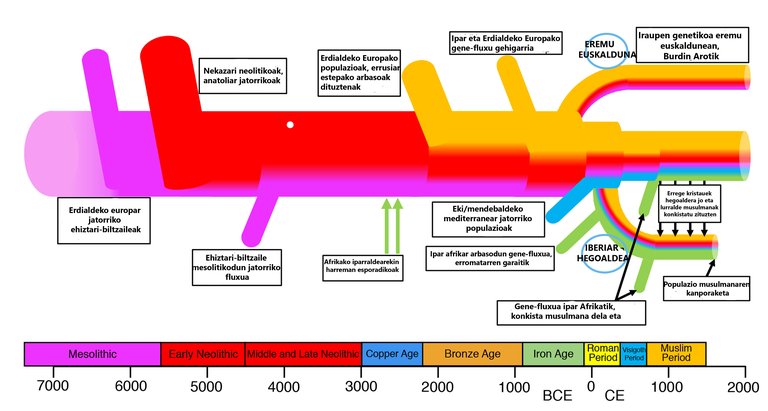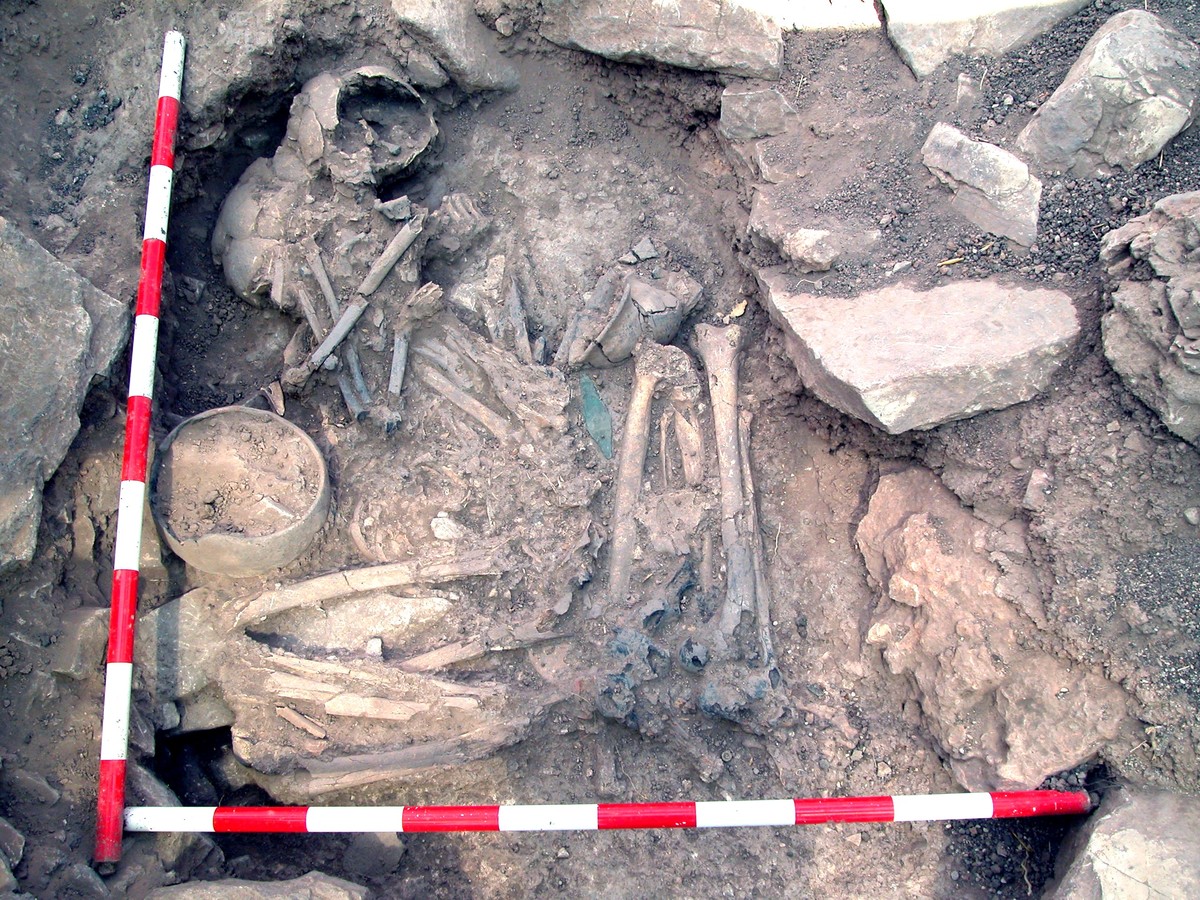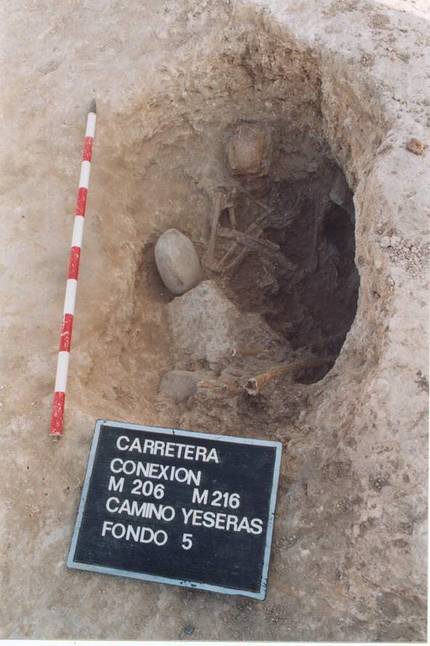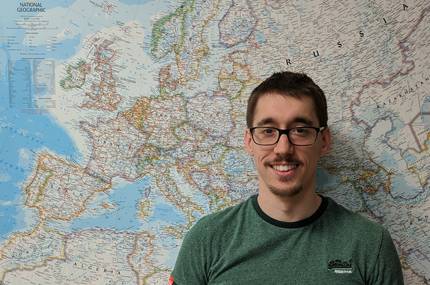Genetic history of the last 8,000 years of the Iberian Peninsula published

With the bones described in the deposits of the Iberian Peninsula, under the direction of researchers David Reich and Carles Lalueza-Fox, a giant study of the old DNA has been carried out with the aim of identifying migrations that have had the most genetic impact in the Iberian Peninsula in the last 8,000 years. According to the results, the most outstanding genetic footprint was that of those from central Europe, Romans and Muslims.
“The most spectacular and tremendously decisive result we have achieved some 4,500 years ago, in the Bronze Age: Migrations from the Russian steppe to central Europe and from there to the Iberian peninsula had a huge genetic influence throughout the peninsula, even in the Basques,” said Iñigo Olalde, one of the leading researchers and authors of the Harvard Medical School in Boston. “Our results indicate that they were mixed with the local peninsular populations and created a homogeneous population, with a fragility of 40% of the external populations. But if we look at the male lineages, we see that all are of foreign origin. That is, the entire male line that lived on the peninsula before 2000 BC was replaced by foreign populations.” The women were going to have offspring with those men who came from outside and 500 years were enough for the complete replacement of the men, according to Olalde.

The later Iron Age is also an interesting time, as it is the oldest time in which languages spoken in the Iberian peninsula are known. Non-Indo-European languages were spoken in the Basque (background of Basque) and Mediterranean (Iberian), and Indo-European languages in the Middle and Western Peninsular (Celtic languages). “We have analyzed the individuals in these areas to clarify whether those differences seen in languages corresponded to arbasicity,” says Olalde. “Despite speaking languages of very different origins, we have seen that they had a similar fraternity: They have a great genetic similarity with those from central Europe to the peninsula.” After the Iron Age and entry into the Classical Era, the Celtic and Iberian languages were completely lost, with the arrival of the Romans.
In Euskal Herria, however, the language had not been lost, neither with the migrations of Central Europe of 4,500 years, nor with the arrival of the Romans, and the language of Western Europe is today the only pre-Indo-European language. “What we have seen is that today’s Basques look very genetically like the Iron Age populations. In the rest of the populations, the Romans, the Muslims… However, the Basques had no genetic influence”, says Olalde. “It was previously said that the Basques could follow the mesolithic populations 8,000 years ago. Then it was said that they were continuation of the Neolithic. But our data show that the migrations of 4,500 years ago also affected us and that the main difference, since the Iron Age, is that of the last 2,000 years,” said Olalde.

Researchers have also analyzed the interaction of Iberians with North Africa during these millennia. In fact, in the peninsular center the bones of an African of 4,500 years ago have been identified, well before the arrival of the Muslims. “Our results have shown that at that time there was already movement of people, even if it were small. The ivory brought from there has been found. They came across the Strait of Gibraltar.”
Beyond the results of the work, the researchers stressed that the study of ancient DNA serves to describe the formation of current populations.
Buletina
Bidali zure helbide elektronikoa eta jaso asteroko buletina zure sarrera-ontzian












